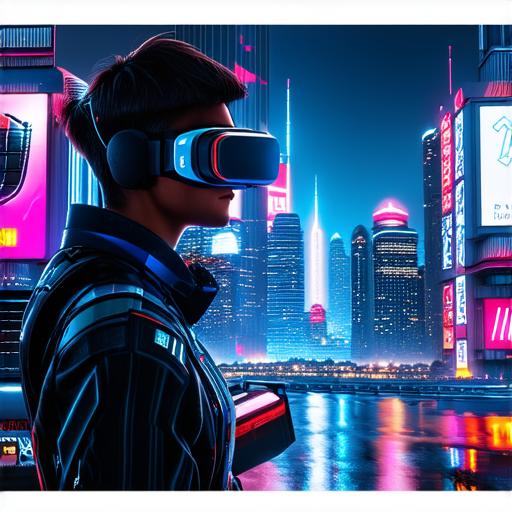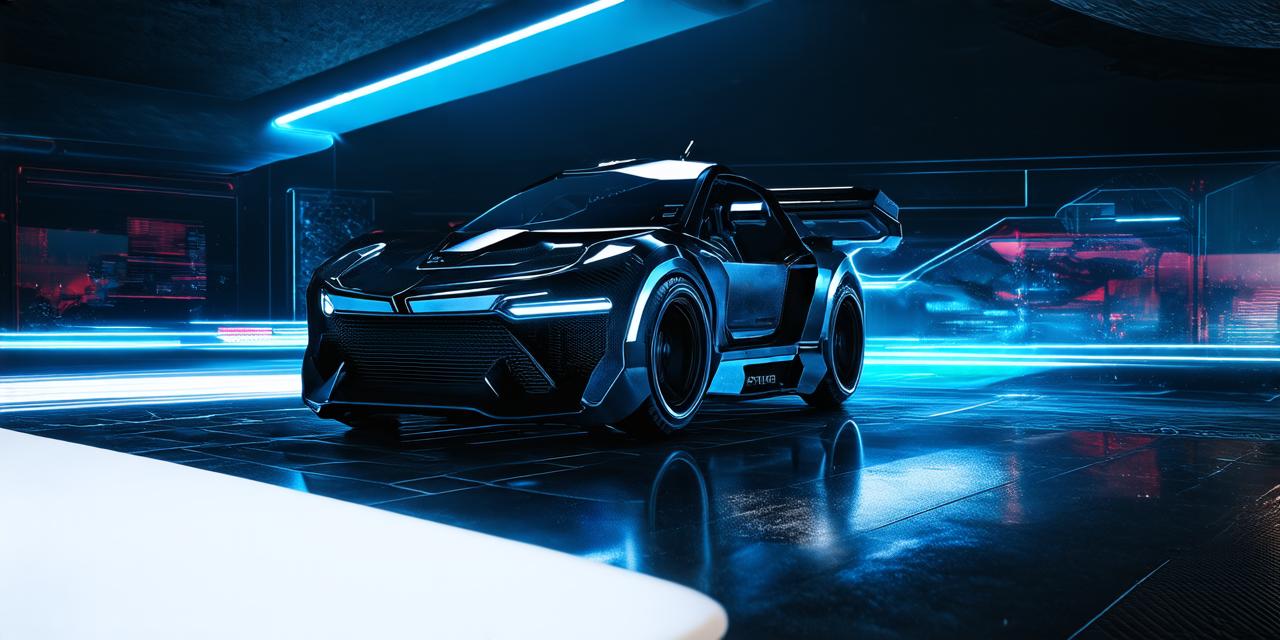Virtual reality (VR) technologies have come a long way since their inception in the 1960s. With advancements in hardware, software, and display technology, VR has become more immersive, affordable, and accessible than ever before.
Today, VR is used in a wide range of applications, from entertainment to education, healthcare, and beyond.
The Latest Trends and Developments in VR Technologies

One of the most significant developments in VR technology has been the release of standalone VR headsets, such as the Oculus Quest 2. These devices are wireless, lightweight, and easy to use, making them ideal for consumers who want to experience VR without the need for a powerful PC or console.
Another trend in VR technology is the development of haptic feedback systems, which allow users to feel sensations in real-time. These systems use a combination of vibro-tactile sensors and actuators to simulate physical interactions with virtual objects, creating a more immersive experience.
In addition, advancements in eye-tracking technology have made it possible to create more realistic and personalized VR experiences. By tracking the user’s gaze, developers can adjust the environment and content based on where the user is looking, making for a more natural and intuitive interaction.
Opportunities and Challenges for Virtual Reality Developers
The growing popularity of VR technologies presents both opportunities and challenges for virtual reality developers. On one hand, there is a rapidly expanding market for VR experiences, with consumers increasingly seeking out immersive and interactive ways to engage with content.
On the other hand, developing high-quality VR experiences can be difficult and time-consuming, requiring specialized skills and equipment. In addition, the cost of VR hardware and software can be prohibitive for some developers, limiting their ability to bring their ideas to life.
Real-Life Examples of How VR is Being Used to Transform Industries
Despite these challenges, there are many real-life examples of how VR technologies are being used to transform industries and improve user experiences. Here are just a few:
- Healthcare: VR is being used in healthcare to simulate surgical procedures, allowing doctors and nurses to practice their skills in a safe and controlled environment. In addition, VR can be used to treat patients with anxiety, depression, and post-traumatic stress disorder (PTSD) by exposing them to virtual environments that mimic real-life situations.
- Education: VR is being used in education to create immersive learning experiences that engage students and help them retain information more effectively. For example, students can use VR to explore historical events or scientific concepts in a more interactive and engaging way.
- Entertainment: VR is revolutionizing the entertainment industry, allowing users to experience movies, games, and other forms of content in a more immersive and interactive way. In addition, VR is being used to create new forms of content, such as virtual concerts and live events.
